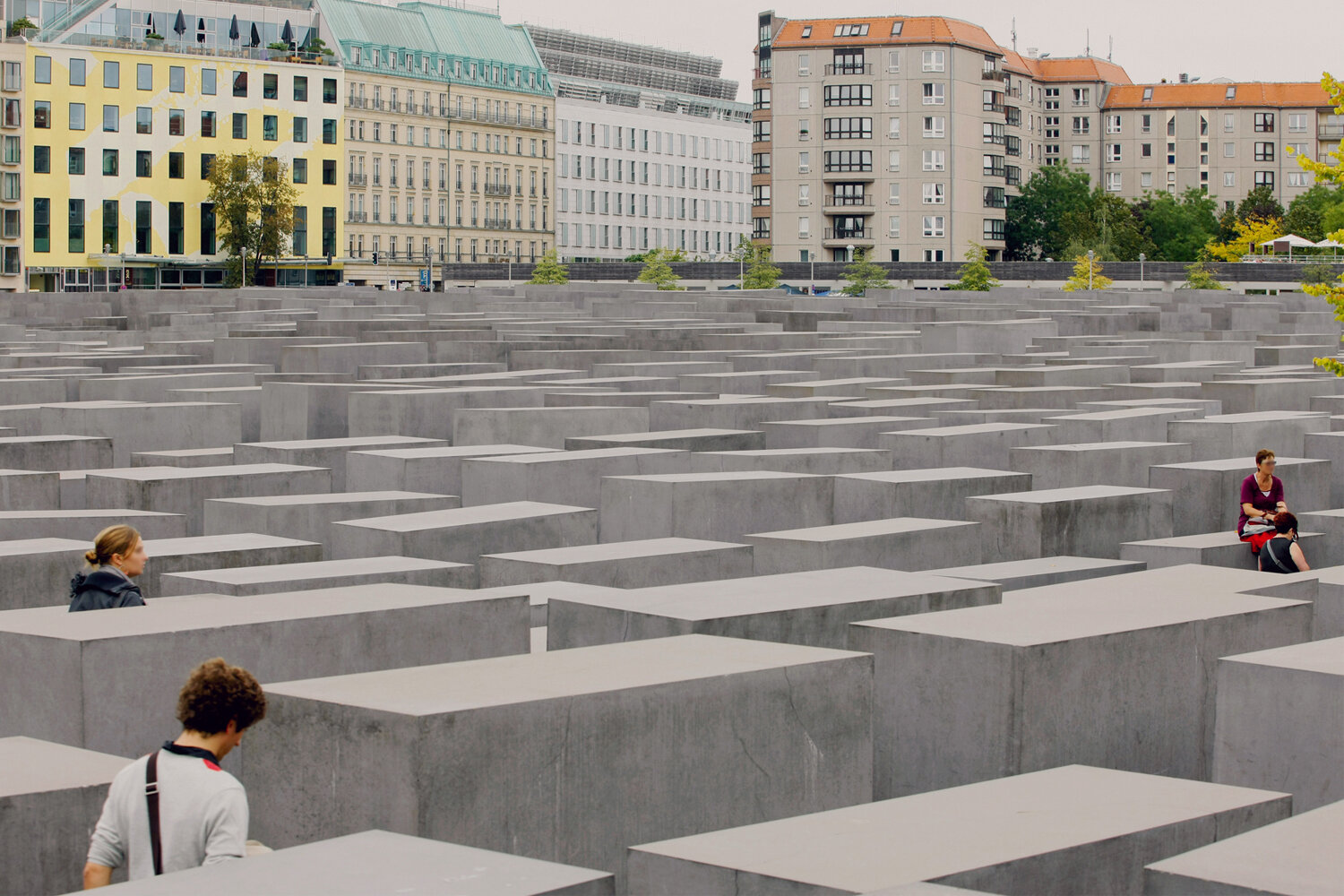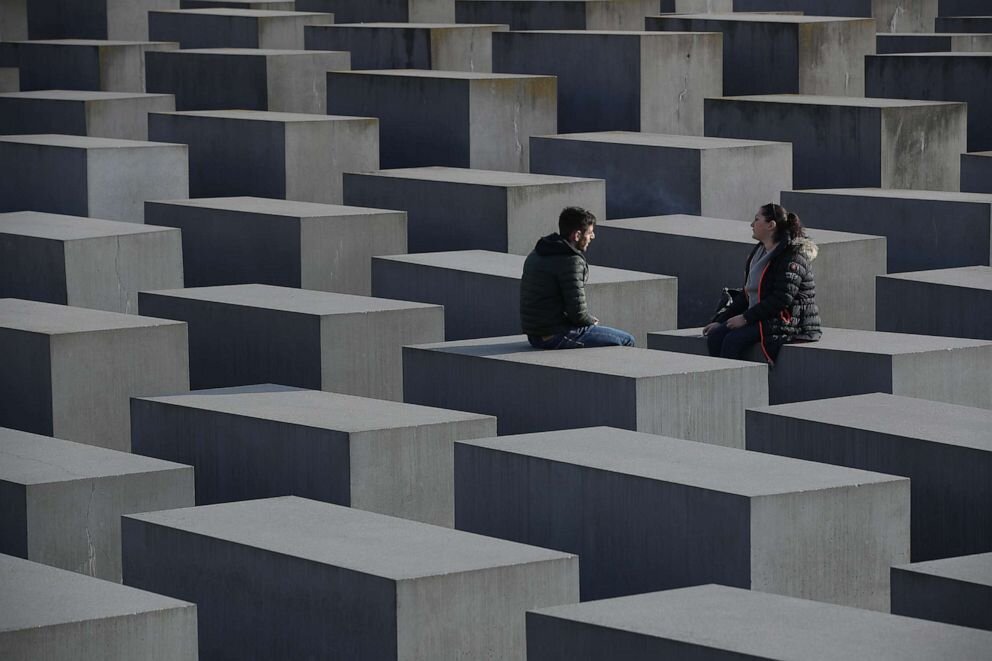Architectural Theory & Reflecting on the ‘place of no meaning’
A trip to Berlin and seeing the Memorial to the Jews of Europe
for the first time.
Architect: Peter Eisenman
By Josh Cullerton
Reflecting on my trip to Berlin a few years ago and stumbling across this strange looking grid of concrete blocks it wasn’t till later I realised it was a Memorial to the Jews of Europe. The design produced an uneasy, slightly confusing atmosphere, representing a supposedly ordered system that has lost touch with human reason. From this in correlation with my university studies a question was seemingly always present to what this place is?
And through the readings of the French philosopher Jacques Derrida there is a relatability that appears to be an underlying impression of an abstract staging of an event. The event is however questionable as an event “implies surprise, exposure and unanticipatable”[1] yet the memorial holds no clear symbolism only inviting people into the space until the extents become clear.
When Derrida mentions “The structure of saying is such that it always comes after the event”[2] highlights when you realise the event is an event it is no longer an event. This relates to the memorial and can be seen as a postponement of the event; as if there were a recognisable symbol people would instantly recognise what this place was and would not venture in, seeing it as a cemetery.
Nevertheless, to present an intervention of such vagueness as the memorial is a peculiar concept from the Architect Peter Eisenman, he cannot expect all to walk into the deep extremities to then realise and evoke emotions of contemplation within.
A child for example, if they were to wander into this space, would not understand the trauma of what this place is meant to represent. A child would most probably use the space to play games in such as hide-and-go-seek as this is how their minds envision the space; to which could be seen as a point of celebration as the space does not disregard this behaviour but allows it. Yet there an arguable comment by Eisenman saying the memorial is a: “place of no meaning”.
Giving a ‘place of no meaning’ is directly giving it meaning, as the events discovered are an interpretation of the individual through their interaction and judgement. Yes, there is a removal of information that refers to memory however generating thought and discovering spaces within creates individual memories related or unrelated to the memorial itself.
[1] Jacques Derrida, A Certain Impossible Possibility of Saying the Event, Critical Inquiry 33. (2007) 441
[2] Derrida, A Certain Impossible Possibility of Saying the Event, 446




